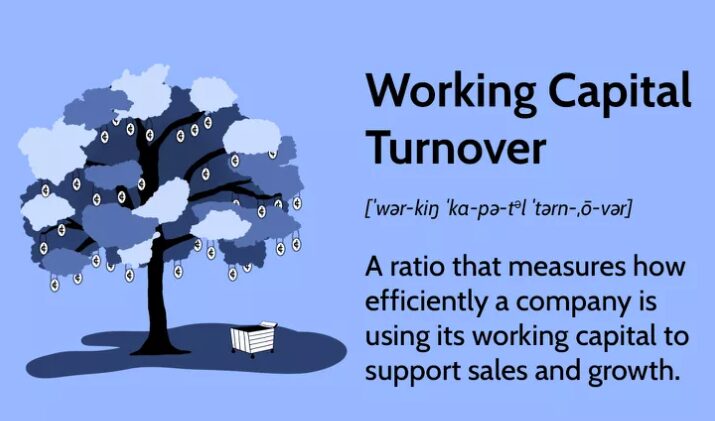Introduction
Have you ever wondered what makes a business loan application tick? Imagine walking into a bank, confident and ready, only to be faced with a barrage of financial terms that sound more like rocket science. Well, fear not! Today, we’re going to unravel one of these mysteries: the ‘working capital ratio’. Think of it as your business’s financial health check-up – a number that could make or break your loan application.
What is the Working Capital Ratio?
The working capital ratio is like a business’s pulse rate; it tells you how healthy the business is in terms of meeting its short-term obligations. It’s a simple calculation – current assets divided by current liabilities – but it speaks volumes about your business’s financial stability.
The Significance of Working Capital Ratio in Loan Applications
When you apply for a business loan, the working capital ratio becomes your financial report card. Lenders look at this ratio to judge how well you manage your finances and whether you can handle additional debt.

How to Calculate Your Working Capital Ratio
Calculating your working capital ratio is easier than baking a pie. Simply divide your current assets (cash, inventory, receivables) by your current liabilities (debts due within a year). A number greater than one indicates you have more assets than liabilities – a good sign for lenders.
Ideal Working Capital Ratios for Loan Approval
What’s the magic number? Generally, a ratio between 1.2 and 2.0 hits the sweet spot for lenders. It shows you’re not just surviving but thriving enough to handle a loan.
Improving Your Working Capital Ratio
Boosting your ratio isn’t rocket science. It’s about improving asset management, like speeding up receivables, and keeping liabilities in check. Think of it as tidying up your financial house before inviting guests (lenders) over.
Red Flags: Low Working Capital Ratios and Loan Risks
A low ratio is like a warning light on your car’s dashboard. It signals potential financial troubles and can make lenders think twice before approving your loan.
High Working Capital Ratios: Are They Always Good?
Interestingly, a very high ratio isn’t always a bed of roses. It might mean you’re sitting on too much inventory or not investing your assets wisely.

The Lender’s Perspective on Working Capital Ratios
For lenders, your ratio is a litmus test. It helps them assess risk and decide if your business is a safe bet for a loan.
Case Studies: Working Capital Ratios in Action
Let’s look at real-life examples where working capital ratios have been crucial in loan decisions. These stories will give you a clearer picture of how the ratio works in the real world.
Common Misconceptions About Working Capital Ratios
Don’t fall for myths! A high ratio isn’t a guaranteed loan approval, and a low ratio doesn’t always mean a dead end. Understanding the nuances is key.
The Role of Industry Standards in Working Capital Ratios
Different industries have different norms. Knowing where your business stands in comparison to industry standards can give you an edge in loan negotiations.
Balancing Short-Term Liabilities with Working Capital
It’s all about balance. Managing your short-term debts effectively can improve your working capital ratio, making your business more attractive to lenders.
Future Trends: Working Capital Ratios and Business Loans
Stay ahead of the curve. We’ll explore emerging trends in finance and how they might impact working capital ratios and loan applications in the future.
Expert Tips on Managing Working Capital Effectively
Get insights from financial gurus on how to manage your working capital for optimal health and increased chances of loan approval.
Conclusion: Your Path to a Successful Loan Application
Wrapping it up, we’ll summarize the key takeaways to help you navigate the path to a successful business loan application with a healthy working capital ratio.
—
FAQs
-
What happens if my working capital ratio is below 1?
A ratio below 1 suggests your liabilities outweigh your assets, which can be a red flag for lenders.
-
Can a high working capital ratio negatively affect my loan application?
Yes, an excessively high ratio might indicate underutilized assets, which could concern lenders.
-
How often should I calculate my working capital ratio?
Regular monitoring, like monthly or quarterly, is ideal to keep your financials in check.
-
Does my industry standard affect my working capital ratio?
Yes, different industries have varying norms and expectations regarding healthy ratios.
-
Can improving my receivables management affect my working capital ratio?
Absolutely! Faster collection of receivables can significantly improve your ratio.

